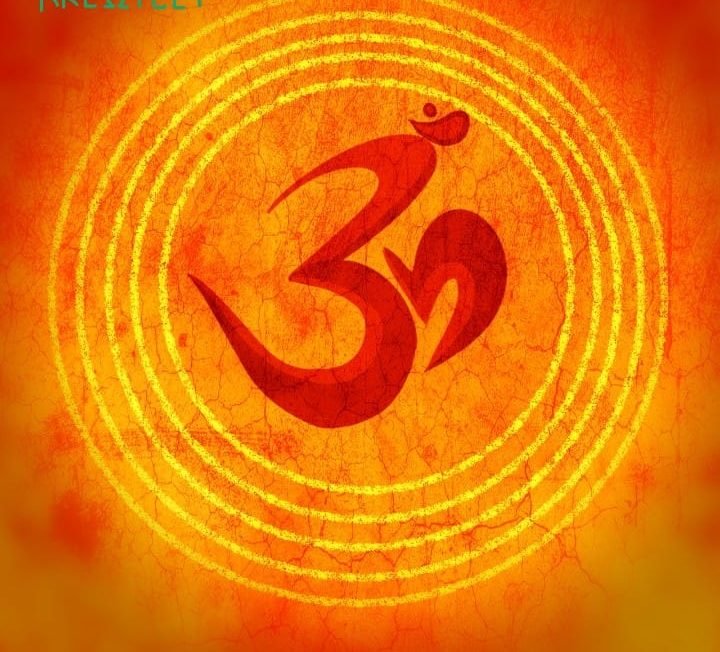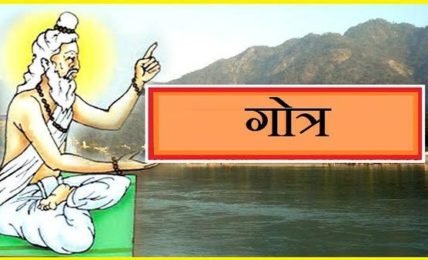What Is the Mantra? – The mantra is the highest possibility of poetry.
It is the sound of the syllables and the words, the rhythm and the harmonies, and the music in the background, the sound behind the sound. One needs to listen to it with utmost attention, silence, not with the physical ear, but in a deeper listening, srotrasya srotram. Let it vibrate through the marrow, be heard with the diaphragm, resonate layer by layer down to the toes and into the ground, and reverberate into space, endlessly. As if it is eternal, which, in reality, it is.




